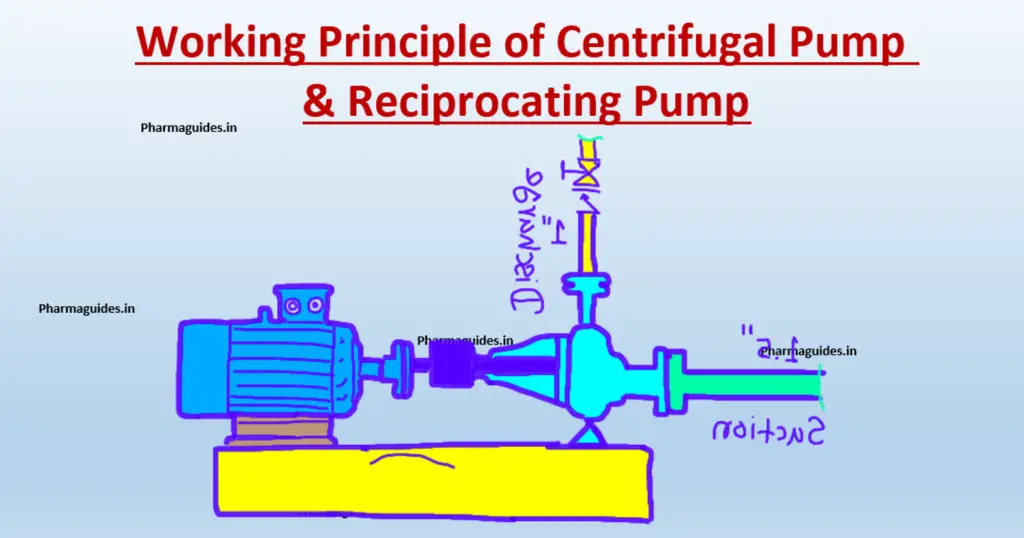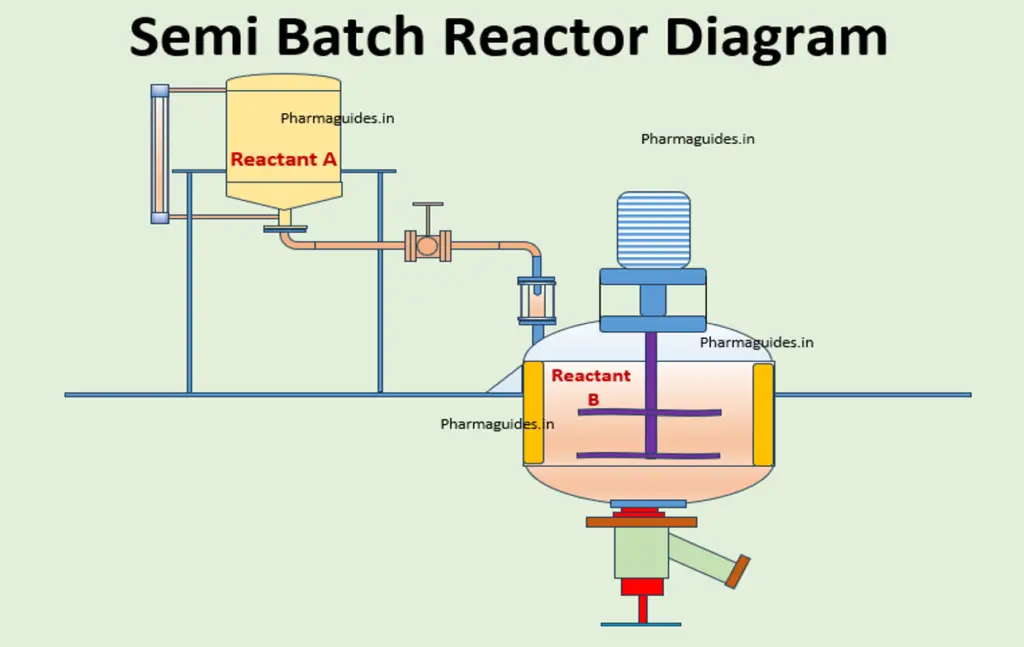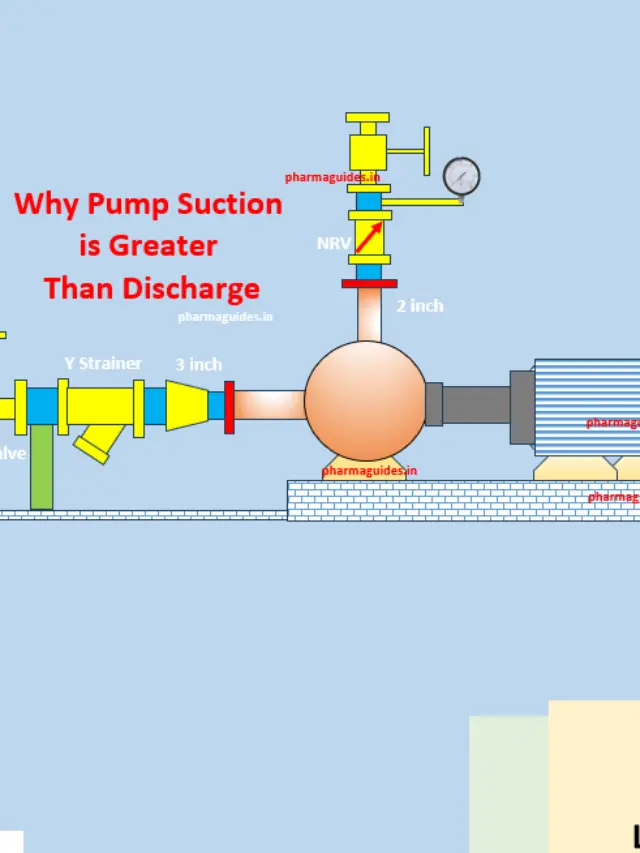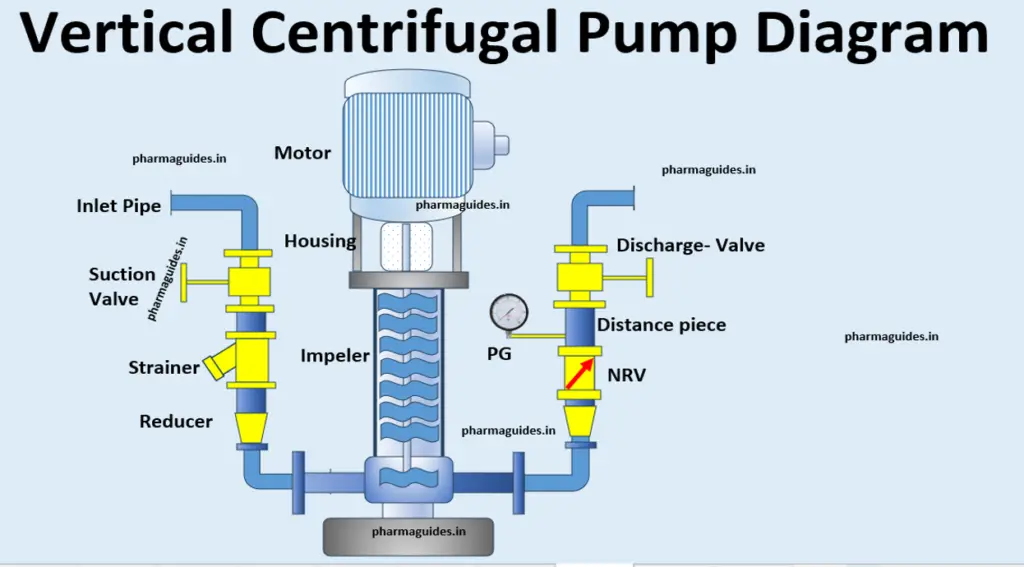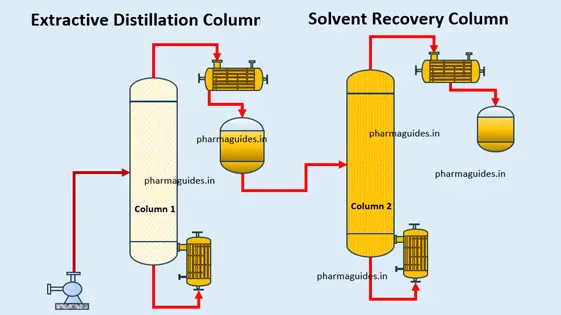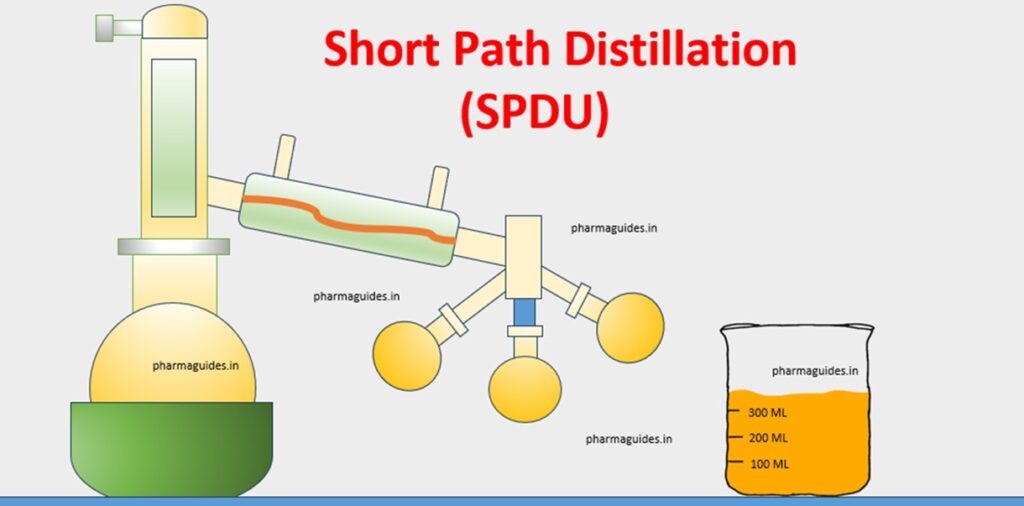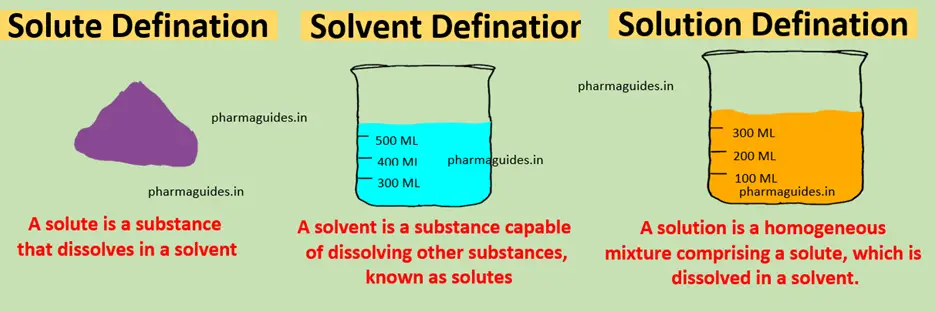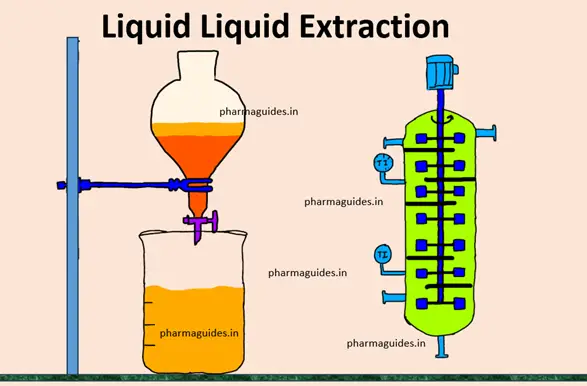Article Contents
Types of filtration
Filtration Revolution: Enhancing Efficiency and Sustainability in the Industrial Sector.
Introduction To Filtration
Filtration is a vital process that plays an indispensable role in various industries, silently working behind the scenes to improve product quality, protect equipment, and promote environmental sustainability. From pharmaceuticals to oil and gas, from food and beverage to automotive, filtration technologies have revolutionized industrial processes, providing myriad benefits that boost efficiency, reduce waste, and safeguard the environment. In this article, we will explore the diverse applications of filtration in different industries and how it has become an essential element for modern industrial operations.
Understanding Filtration in Industry
Filtration is the process of separating solid particles or impurities from a fluid or gas by passing it through a porous medium. The method involves utilizing various filtration technologies like mechanical filtration, microfiltration, ultrafiltration, nanofiltration, and reverse osmosis, each tailored to specific industries and applications. While the primary purpose is to remove contaminants, filtration in the industrial sector serves multiple other functions that significantly impact productivity and sustainability.
Types of Filtration
Filtration is a versatile process with various techniques, each designed to meet specific requirements and applications. The following are the common types of filtration used in different industries:
- Mechanical Filtration:
Mechanical filtration is the most basic form of filtration, and it involves the use of a physical barrier to separate solids from liquids or gases. The filter medium can be a mesh, cloth, paper, or any porous material. As the fluid passes through the filter, solid particles are trapped, while the purified fluid continues to flow. Mechanical filtration is commonly used for household water filters, air purifiers, and in some industrial applications. - Microfiltration (MF):
Microfiltration is a finer filtration process that operates at a microscopic level. It uses specialized membranes with pore sizes typically ranging from 0.1 to 10 micrometers. MF effectively removes bacteria, suspended solids, and large particles from fluids, making it useful in industries like food and beverage, pharmaceuticals, and biotechnology. - Ultrafiltration (UF):
Ultrafiltration is an advanced form of membrane filtration that operates on an even smaller scale than microfiltration. The membranes used in UF have smaller pore sizes (around 0.01 to 0.1 micrometers), allowing them to remove even smaller particles, colloids, and some macromolecules. UF is commonly used in water treatment, dairy processing, and the production of biopharmaceuticals. - Nanofiltration (NF):
Nanofiltration is a specialized type of filtration that lies between ultrafiltration and reverse osmosis in terms of membrane pore size. NF membranes typically have pore sizes ranging from 0.001 to 0.01 micrometers. This process is effective in removing divalent ions, organic matter, and certain salts, making it valuable for water softening, color removal, and concentration of food and beverage products. - Reverse Osmosis (RO):
Reverse osmosis is a highly efficient filtration process that uses a semipermeable membrane to separate solutes from water. Pressure is applied to force water through the membrane, leaving behind dissolved salts, minerals, and other impurities. RO is widely used for desalination of seawater, production of ultrapure water, and wastewater treatment. - Gravity Filtration:
Gravity filtration is a simple and commonly used filtration method where the fluid passes through a filter medium under the force of gravity. It is widely used in laboratories for separating solid precipitates from liquids. - Vacuum Filtration:
Vacuum filtration is a technique that employs a vacuum pump to increase the speed of filtration. By applying a vacuum on the opposite side of the filter medium, the pressure difference enhances the flow of fluid through the filter. Vacuum filtration is utilized in various industries, including chemical processing and pharmaceuticals. - Pressure Filtration:
Pressure filtration operates on the opposite principle of vacuum filtration. Here, pressure is applied to force the fluid through the filter medium, which can be advantageous when dealing with viscous fluids or achieving faster filtration rates.
Each type of filtration has its unique advantages and applications, and industries choose the most appropriate method based on the specific requirements of their processes. These filtration techniques collectively contribute to improved product quality, reduced environmental impact, and enhanced efficiency across various sectors.
filtration diagram
Here is Filtration diagram.
Selection of Filtration
Selecting the appropriate type of filtration depends on the specific requirements of the application and the properties of the fluid or gas being filtered. Here’s a general guideline for selecting filtration types based on different scenarios:
- Particle Size Removal:
- For large particle removal (e.g., debris, sediment): Mechanical filtration using a mesh or cloth filter is suitable.
- For medium-sized particles (e.g., bacteria, suspended solids): Microfiltration (MF) can effectively remove such particles, making it suitable for industries like food and beverage, pharmaceuticals, and biotechnology.
- For smaller particles and macromolecules: Ultrafiltration (UF) or nanofiltration (NF) may be employed, depending on the specific particle size range and required purification level.
- Water Treatment:
- For general water purification (removing suspended solids, bacteria, and large particles): Microfiltration (MF) is a common choice in water treatment processes.
- For desalination or removal of dissolved salts: Reverse Osmosis (RO) is the preferred method to produce fresh water from seawater or brackish water sources.
- Air Filtration:
- For removing larger particles and particulate matter from the air: Mechanical filtration using air filters with different MERV (Minimum Efficiency Reporting Value) ratings is commonly employed.
- For removing gaseous pollutants and odors: Activated carbon filters, a form of chemical filtration, are effective at adsorbing volatile organic compounds (VOCs) and other gas-phase contaminants.
- Biological Filtration:
- In aquariums and fish tanks: Biological filtration is essential to maintain water quality and remove ammonia and other harmful substances produced by fish waste. Biofilters with a suitable medium for beneficial bacteria growth are used.
- In wastewater treatment: Biological filtration in the form of activated sludge or trickling filters is employed to break down organic matter and pollutants.
- High-Purity Applications:
- For the production of ultrapure water used in laboratories or semiconductor manufacturing: Reverse Osmosis (RO) is combined with additional technologies like deionization or distillation to achieve the required level of purity.
- Viscous Fluids or High Filtration Rates:
- For dealing with viscous fluids or achieving faster filtration: Pressure filtration is often preferred over gravity filtration. Vacuum filtration can also be used to speed up the process.
- Removal of Specific Contaminants:
- For removing specific contaminants like chlorine, organic compounds, or heavy metals from water or air: Chemical filtration with activated carbon or other suitable adsorbents is employed.
It is important to consider factors such as filtration efficiency, throughput, maintenance requirements, cost, and environmental impact when selecting the appropriate filtration method for a particular application. Often, a combination of different filtration types may be used in complex industrial processes to achieve the desired level of purification and efficiency.

Application filtration
Application of filtration is different industries.
Pharmaceuticals and Biotechnology
In the pharmaceutical and biotechnology industries, maintaining the utmost purity and sterility of products is critical. Filtration, particularly through advanced membrane filters, is instrumental in removing microorganisms, bacteria, and other particulates from process fluids, ensuring that medicines and vaccines are safe and effective. Furthermore, filtration techniques like ultrafiltration and chromatography play a crucial role in purifying biopharmaceutical products, driving innovation in this fast-growing sector.
Oil and Gas
The oil and gas industry is another significant beneficiary of filtration technologies. As crude oil is extracted from the ground, it often contains impurities, water, and solid particles. Effective filtration systems remove these contaminants, preventing damage to refining equipment and ensuring the production of high-quality petroleum products. Moreover, filtration processes are crucial in treating wastewater generated during oil exploration and refining, promoting sustainable water management practices.
Food and Beverage
The food and beverage industry relies heavily on filtration to meet stringent quality standards. Filtration is employed at various stages, such as in juice and wine production, beer brewing, dairy processing, and edible oil refining. By removing unwanted sediments, microorganisms, and undesirable flavors, filtration enhances product clarity, taste, and shelf life. Additionally, it aids in recycling and reusing process water, reducing water consumption and waste in the industry.
Automotive and Aerospace
In the automotive and aerospace sectors, filtration is integral to maintaining the efficiency and longevity of engines and hydraulic systems. Oil and air filters are used to trap contaminants, preventing engine wear and ensuring smooth operation. Cabin air filters in vehicles and aircraft ensure the air passengers breathe is free from harmful particles and pollutants, enhancing passenger comfort and safety.
Environmental Protection and Sustainability
In recent years, the focus on sustainability has led industries to prioritize environmentally friendly practices. Filtration technologies have a significant role to play in these efforts. Industrial filtration systems are employed to treat wastewater, removing pollutants before discharge, and reducing the environmental impact. Air filtration helps control emissions from factories, reducing the release of harmful particles and greenhouse gases into the atmosphere.
People Also Asked
what are the 3 types of filtration ?
The three primary types of filtration are:
- Mechanical Filtration:
Mechanical filtration is the most basic and common type of filtration. It involves the physical separation of solid particles from a fluid or gas using a porous medium, such as a mesh, cloth, paper, or synthetic material. The porous barrier traps the solid particles while allowing the purified fluid or gas to pass through. Mechanical filtration is widely used in everyday applications like household water filters, air purifiers, and in various industrial processes. - Biological Filtration:
Biological filtration is a specific type of filtration used to remove and break down dissolved organic matter and toxic substances in water. It primarily occurs in biological filters, such as those found in aquariums and wastewater treatment systems. In these filters, beneficial microorganisms attach to a filter medium and consume pollutants as food. As a result, harmful substances are converted into less harmful compounds through a natural biological process. - Chemical Filtration:
Chemical filtration involves the use of chemical substances or agents to remove specific impurities from a fluid or gas. Unlike mechanical filtration that physically traps particles, chemical filtration operates at a molecular level. The chemical agents in the filter react with the contaminants, transforming them into less harmful or more manageable substances. Activated carbon filters are a common example of chemical filtration, used to remove chlorine, organic compounds, and certain heavy metals from water and air.
Conclusion
Filtration has transformed the way industries operate, offering a wide range of benefits from improved product quality and equipment protection to enhanced sustainability practices. As technology advances, filtration will continue to evolve, becoming even more efficient and cost-effective for various applications. Embracing these advancements, industries can not only boost their productivity but also contribute to a cleaner and more sustainable future for generations to come.
Read Also,
Filtration equipment used in chemical industry






